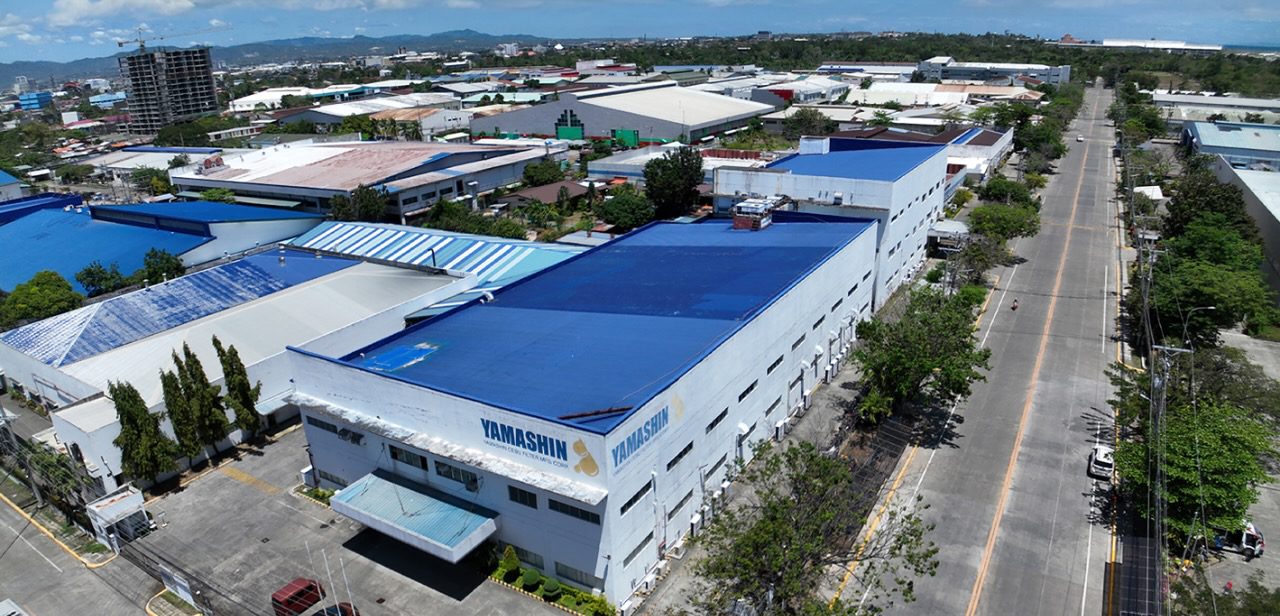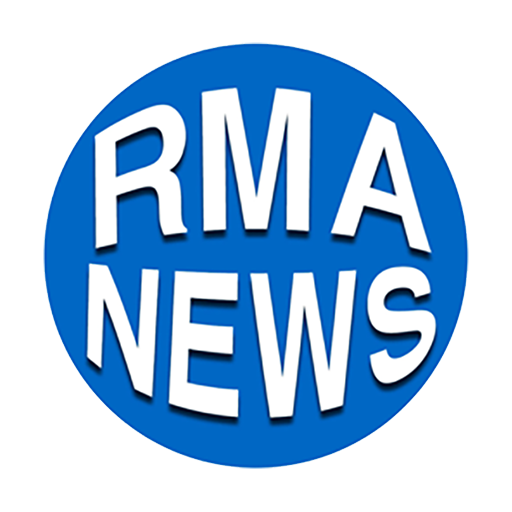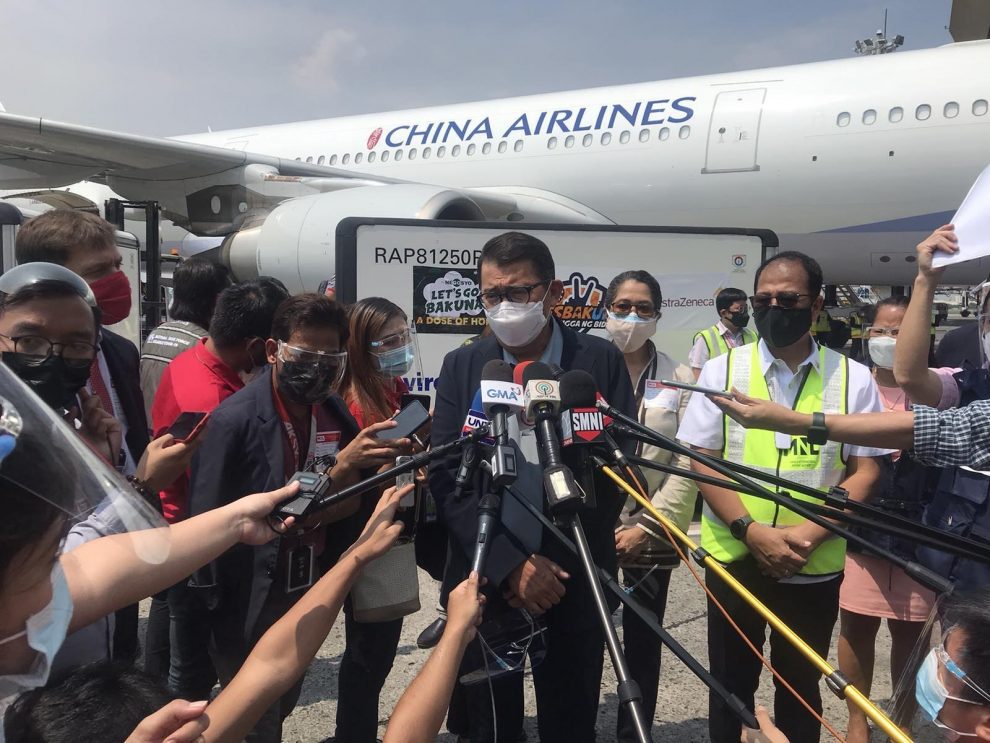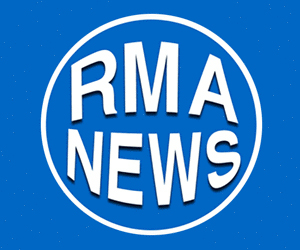“Moving to Alert Level 1 will have a big effect on how we recover,” said Presidential Adviser for Entrepreneurship Joey Concepcion, adding that should this happen, the country will be closer to a 6.5 percent GDP growth rate in the first quarter. The Go Negosyo founder has been pushing for the lowering of the NCR from Alert Level 2 to Alert Level 1 by March 1, and welcomed the possibility that this might happen earlier than expected.
Concepcion, however, welcomed the government’s decision to keep the NCR under Alert Level 2 until the end of February, as he expressed optimism that the current low levels of healthcare utilization and declining ADAR (infections per 100,000) will continue and eventually lead to the shifting to Alert Level 1 status by March.
Moreover, Concepcion is not discounting that alert levels may eventually be lifted, saying that a state of public health emergency may no longer be necessary given there are currently no variants of concern, the country has achieved a higher vaccination rate, and healthcare utilization rates remain low.
OCTA Research fellow Dr. Guido David said that indicators are pointing to an Alert Level 1 by March. “We project that the NCR would be at, or very close to, very low risk by March, using metrics based on Covid Act Now,” he said, referring to the independent data-tracking non-profit organization.
“Specifically, we are projecting ADAR to decrease below 1, and positivity rate to decrease to below 3 percent by then,” he continued. “At these levels, the conditions are favorable for a de-escalation to Alert Level 1 by March 2022.”
“Moving to the lower alert level is important if our country is to continue the gains we realized in the fourth quarter,” Concepcion said. The Philippines registered a better-than-expected 7.7 GDP growth in the fourth quarter of 2021, which many are attributing to the easing of restrictions during the holiday season.
OCTA Research’s most recent projections for NCR point to only 200 new cases by end-February, and 140 new cases by March. Healthcare utilization rate (HCUR), meanwhile, continues its downward trend and was last recorded at 29 percent.
OCTA Research head Prof. Ranjit Rye had earlier said that a lower Alert Level 1 status is an opportunity for the country to sustain its fourth quarter growth. “Now is the time [to open up further], because the science is proving that cases are going down,” Rye said.
It will be recalled that it was upon the advice of OCTA that the private sector proposed the two-week lockdown in August 2021. The lockdown succeeded in heading off a surge that would have affected crucial fourth quarter economic activity.
The IATF had earlier said that Alert Level 1 will be considered the country’s “new normal”, with minimum public health standards still in place even as business establishments are allowed to operate at 100 percent capacity.
However, business groups are calling for further easing as they are finding it difficult to return to pre-pandemic incomes due to the limited capacity because of distancing requirements.
“Government should set agreed-upon minimum health protocols that take this into consideration,” said Concepcion. “Businesses have tried their best to adapt to the new normal and have made adjustments, but I think we should try to see how well we will manage by relying only on maintaining prescribed public health safety protocols,” he said.










